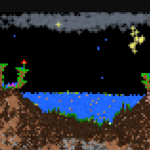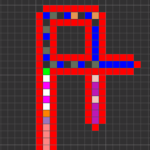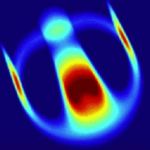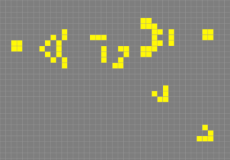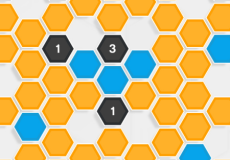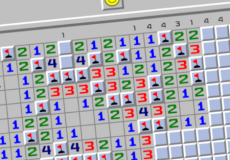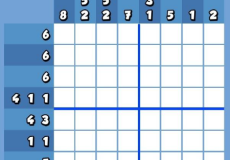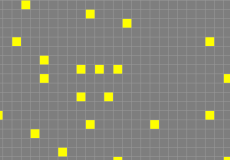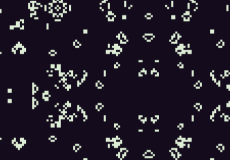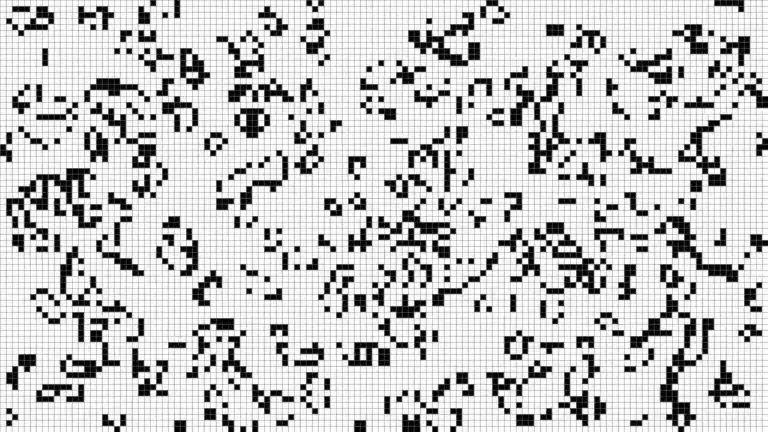

Golly
Golly is a simulation tool built for exploring cellular automata, offering a flexible environment to study how simple rules can produce complex patterns. It’s best known for supporting Conway’s Game of Life, but it also includes many other rule sets, like Seeds, Brian’s Brain, and Wireworld. Users can load, edit, and observe how patterns evolve over time across a large grid, watching as structures grow, replicate, or collapse depending on the logic behind them.
Similiar games
Golly is a simulation tool built for exploring cellular automata, offering a flexible environment to study how simple rules can produce complex patterns. It’s best known for supporting Conway’s Game of Life, but it also includes many other rule sets, like Seeds, Brian’s Brain, and Wireworld. Users can load, edit, and observe how patterns evolve over time across a large grid, watching as structures grow, replicate, or collapse depending on the logic behind them.
Designed for Experimentation and Scale
One of Golly’s defining features is its ability to handle huge universes and run simulations at high speed. This makes it useful for casual play, and for scientific modeling and advanced exploration of pattern behavior. It also supports scripting through Lua and Python, allowing users to automate tasks, generate custom patterns, or create new rule sets. Whether you’re testing small interactions or building machines out of gliders, the platform is made to support complex experiments without slowing down.
A Toolkit for Pattern Discovery
Golly doesn’t set objectives—it gives users the tools to observe, modify, and create. Its interface is built around clarity and control, offering zoom options, pattern libraries, and simulation controls that make it easier to track changes over generations. Many users explore well-known structures like spaceships and oscillators, while others build entirely new systems from scratch. Golly becomes a laboratory where curiosity and computation meet, turning abstract logic into visual behavior that anyone can study and share.
Discuss Golly

